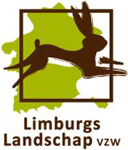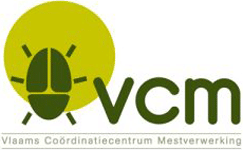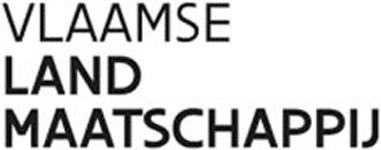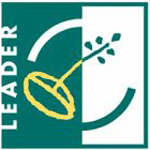The organic matter content of Flemish agricultural soils shows a clearly declining trend. This is negative for soil quality and future yield assurance. The declining organic matter content is a trend that we can now observe for about 30 years. 30 years ago, there was also a change in fertiliser policy with the first Nitrates Directive in 1991. This had an impact on farmers' fertilisation possibilities. There has also been a very strong evolution in terms of crop protection possibilities and innovative machinery.
The combination of those 3 factors is that there has been a strong yield increase per unit area along with a decrease in the amount of nutrients allowed to be fertilised on that same unit area. Obviously, this causes leaching of available nutrients into the soil. Also for the organic matter content. A factor here is that soil was mainly viewed biochemically in terms of nutrients. In recent years, more knowledge is becoming available about biological life in the soil and its importance for crop health and soil fertility.
The most logical way to reverse the declining trend is to add more organic matter to the soil. This is why there is increasing advice to e.g. incorporate crop residues, use more farmyard manure, etc. Unfortunately, this is not possible for all agricultural plots and more is needed to cope with this problem.
Although the two sectors often seem to have opposing interests, the organic matter issue is a good example of where agriculture and nature sectors can find each other. After all, waste streams from the nature and green space sector are very rich in carbon. Moreover, as this sector has very little need of organic matter or fertilisers to enrich the soil, this residual flow is quite widely available. The disadvantage of this residual flow is that it is often not so easy to use directly. After all, pruning waste, roadside clippings are not homogeneous fertilisers like animal manure, for example. Moreover, it requires an extra working step to apply this fertiliser.
With livestock manure, the agricultural sector also has a residual stream that is excessively available. However, soil organic matter evolution shows that the organic matter content of slurry is insufficient to compensate for soil decomposition. Increasing the amount of livestock manure per unit area is not an option due to high nitrogen enrichment. On top of this, soil life has a self-reinforcing effect, and a soil with too little life cannot sufficiently use the slurry to balance itself.
The objective of this project is to demonstrate that thorough composting with combinations of animal manure and natural residues is an interesting raw material for the agricultural sector and to address the bottlenecks related to technology, financial feasibility, product marketing and the legal framework. In doing so, the available streams are used as efficiently as possible in a circular and climate-friendly story. Through the cooperation of a small-scale and flexible processor and local farmers and nature managers, in this first phase, work will be done within the limited region of Bocholt, Bree, Maaseik, Oudsbergen. In the course of the project, contact may also be sought with municipal authorities as they too have natural residues at their disposal.
This local operation ensures that distances are limited which is nevertheless necessary in a project on local circularity.

